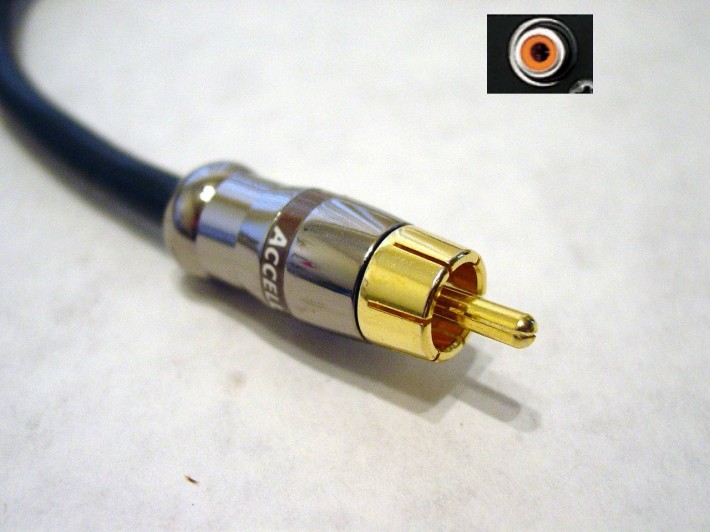We are living in a technological world where technology seems to control almost everything around us. In ICT or communication systems, the use of various types of cables has become quite inevitable. If you would like to set up a network in your business, connect your TV to an external aerial, you must include the function of a cable. One type of cable that is in widespread use today is that of coaxial cables, especially digital audio cables.
Digital coaxial cables are a type of coaxial cable that is intended for carrying digital electronic signals. They can be used in for any kind of information. However, in most cases, they are used for A/V connections. This is particularly the case for surround sound systems. On the other hand, the standard a coaxial cable has central wire wrapped in an insulating material, a metal shield and then a plastic casing. The signals are sent through the channel in the form of electro-magnetic waves. Coaxial cables in the market come with a number of plugs such as banana plug connectors that are used for purposes of connecting various types of equipment.

Many people might confuse the digital cables with the conventional ones. However, one thing that is for sure is that these cables are better shielded from any form of interference and they also have got a high impedance. This makes them quite effective when it comes to handling a wide range of frequencies and they also handle more energy. Since banana plug connectors are used in both the digital and conventional cables, many people might actually think that these cables are the same. This is because there is no physical difference between the two cables. Many people therefore have issues when buying these digital coaxial audio cables. If you fall into that category, this piece of information might offer the insights you need.
Types of Digital Audio Cables
The two major categories of digital and audio cables are optical digital audio cables and coaxial audio cables. The latter is the most common type in the market. They are also very similar to the legacy RCA type of cable that many consumers around the world are using today. These are the cable that come with a banana jack and wire strippers. This is a different case for the digital cable. The major difference that exists between the two is that one cable is shielded more in order to prevent any kind of interference from the outside sources.
How Do Digital Audio Cables Work?
The signals in these cables are transmitted in form of electric pulses. This is done through the use of the copper wires that are contained in the cable housing. Wire strippers are quite effective in such kinds of cables.
Major Factors to Consider When Buying Digital Audio Cables
When you are buying these kinds of cables, there are certain elements that you need to bring into the picture. These are:
- The length of the audio cable to be used is another aspect that you need to consider. If you need cables to use for a long distance, optical audio cables might offer you better sound quality.
- You have to consider the amount of electromagnetic interference that is in the environment. In as much as these digital cables do not suffer interference, it is important to consider this element.
- Budgeting is another element that you need to consider when buying these cables, leave alone the banana jack that you will affix to the periphery for interfacing with other devices. You need not to buy something that will put a strain on your finances.
- The other main aspects that you might consider include; listening environment, speaker quality, and quality of audio content.
Written by: After getting his degree in electronic engineering Evan Willis began working as a freelance audio technician for bands and concerts in his native Canada. Since moving to Las Vegas, his life has got much busier (and warmer) with high quality audio for shows, concerts, conventions and the spectacular displays at the Casinos along the strip putting his skills in demand.











Leave a Reply